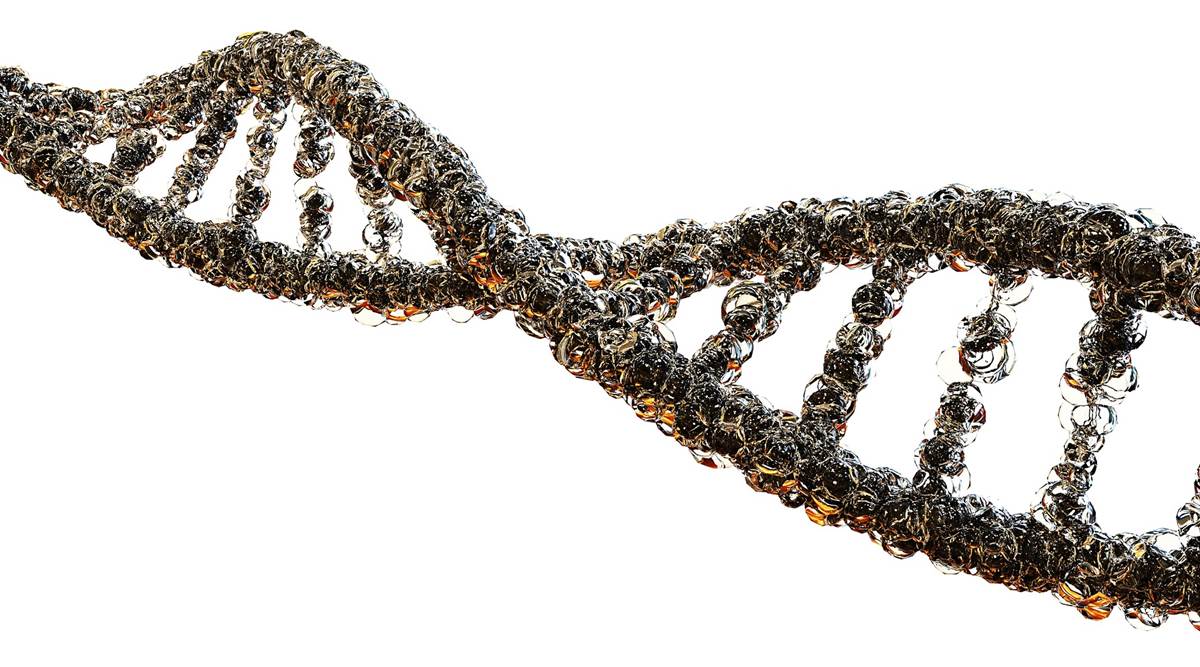
Genetics influences our food tastes and sensitivities; know all about it here

When it comes to health, people mostly understand it as independent of their genetic makeup. But health and wellness do not exist in a vacuum. Everything is interconnected and interdependent and within you, in the form of a network, which helps the body stay in the pink of health.
As such, given that one factor influences the other, and given the fact that we have been braving the pandemic for a while now, the overall well-being of a person needs to be prioritised. How can that be done?
Amol Naikawadi, preventive healthcare specialist Indus Health Plus, says that although humans are “similar in genetics”, they have “slight differences called ‘single nucleotide polymorphisms’ (SNPs) that make each one of us unique”.
“These polymorphisms are responsible for differences between individuals and the impact nutrients have on our body in terms of how we metabolise the food we eat. Any individual response towards a diet will be different due to genetic variance,” he tells indianexpress.com.
Naikawadi explains that genetics can help us “understand the tendencies for deficiencies and levels of certain vitamins — like A, C, D, B12, D — minerals, calcium, homocysteine levels, etc”.
He adds that genetics influences our food tastes and sensitivities. “For example, tendency of lactose intolerance, preference to bitter taste or sweet taste, response to fiber-rich diet, protein-rich diet, gluten intolerance etc.”
How can a person know about their genetic makeup?
“They can identify their genetic makeup through genetic testing. There are various options available. One is a saliva-based, user-friendly genetic test that can be done from the comfort of home. A genetic test is a once-in-a-lifetime investment for health that is recommended for every family member to know the predisposition to different health conditions, nutrition and fitness parameters followed by yearly health examination,” Naikawadi explains.
Accordingly, you can plan your diet:
Lactose intolerance: The deficiency of protein-rich lactose enzyme is a common problem that occurs when the body cannot digest lactose, a natural sugar found in dairy products and milk.
Diet:
* Reduced dairy diet to maintain balanced nutrition.
* Increase intake of calcium-rich food like soy milk, fish with soft bones, broccoli, green leafy vegetables.
* Include food that contains vitamin D — eggs, salmon, ready-to-eat cereals, orange juice.

Celiac disease: It is a disorder in which eating gluten (a storage protein present in wheat, barley and rye) triggers an immune response in the body, causing inflammation and damage to the small intestine. Celiac disease can also affect other body parts like bone, joints, skin, nervous system and the spleen.
Diet:
* A strict gluten-free diet is the only possible method to avoid complications.
* Eat naturally gluten-free food such as meat, fish, fruits, vegetables, rice and potatoes.
* Flour made from gluten-free foods such as potatoes, rice, corn, soy, nuts, cassava, amaranth, quinoa, buckwheat, or beans are safe to eat.
Absorption of vitamin B12: There can be a possibility of genetic variants which may affect people’s ability to digest, absorb or use vitamin B.
Diet:
* Include meat, fish, and dairy products.
* Eat salmon, leafy vegetables, eggs.
* Increase legumes such as black beans, chickpeas, green peas, kidney beans, lentils, etc.
* Consume fortified cereals such as oats, whole wheat, etc.
* Eat sunflower seeds.
Constructive response to Mediterranean diet: Mediterranean diet mainly includes plant-based food, whole grains, fruits and vegetables which have a low impact on the environment.
Diet:
* Consume low processed food, mainly cereals or fresh or dried fruits and vegetables.
* Moderate consumption of meat, fish, and dairy products.
* Use olive oil as the main condiment.
For more lifestyle news, follow us: Twitter: lifestyle_ie | Facebook: IE Lifestyle | Instagram: ie_lifestyle
Source: Read Full Article